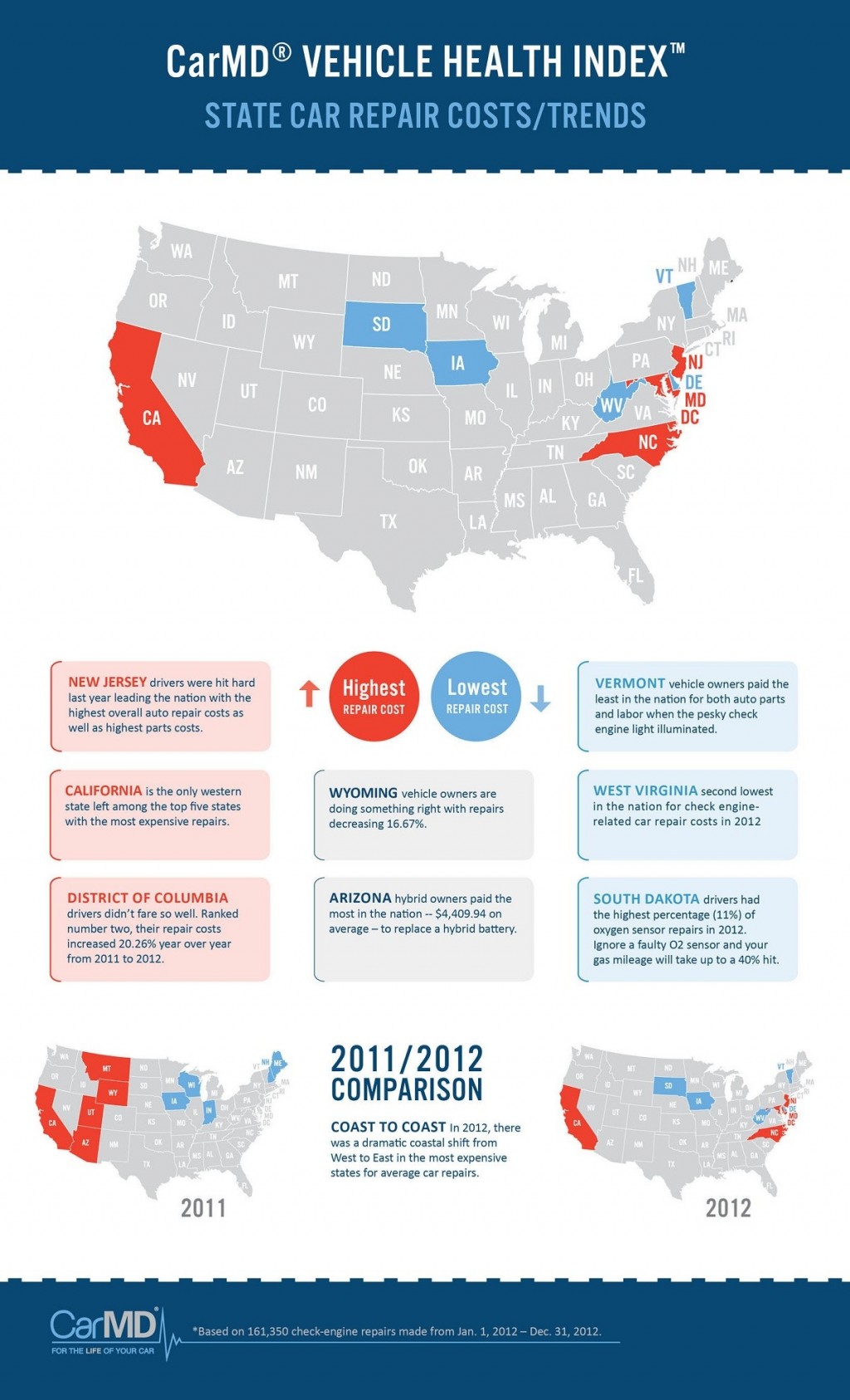Checking Out Brake Equipments: Common Troubles And Practical Solutions For Repair
Checking Out Brake Equipments: Common Troubles And Practical Solutions For Repair
Blog Article
adaptive equipment for disabled drivers By-Flynn Reynolds
When it involves your car's brake system, understanding common issues can save you from possible security risks. From recognizing brake pad wear to dealing with brake liquid leakages, knowing just how to take on these problems is necessary. Yet what concerning those mushy brake pedals? There's a solution for that as well. Keep tuned to read more concerning these concerns and the functional options that can keep you safely when driving.
Brake Pad Use and Replacement
When it concerns preserving your car's brake system, one vital aspect to watch on is the wear and replacement of brake pads. Brake pads are vital elements that press against the brake blades to slow down or quit your car. Over time, these pads wear down because of friction, needing normal assessment and substitute to guarantee your brakes operate efficiently.
To establish if your brake pads need substitute, pay attention for screeching or grinding noises when you apply the brakes. Additionally, if your vehicle takes longer to quit or you observe vibrations or pulsations when braking, it might be time to replace the brake pads.
Overlooking used brake pads can cause lowered braking efficiency, damage to various other brake parts, or even brake failure.
Changing brake pads is a relatively straightforward procedure for several vehicles. However, if https://brake-pads62739.actoblog.com/31824700/be-vigilant-concerning-the-arising-patterns-that-will-certainly-influence-automobile-repair-in-the-years-ahead or awkward executing this job, it's finest to get in touch with a specialist auto mechanic to make certain appropriate setup and optimum brake efficiency.
On https://louispkfzt.theisblog.com/31412038/discover-in-this-article-exactly-how-you-can-enhance-sustainability-and-lower-ecological-impact-in-your-automobile-service-center-by-implementing-environmentally-friendly-approaches examining and changing brake pads is important for your safety and the durability of your vehicle's braking system.
Brake Fluid Leaks and Maintenance
To guarantee your automobile's brake system operates optimally, it is essential to likewise focus on brake liquid leakages and maintenance. Brake liquid is crucial for transferring the force from your foot on the brake pedal to the real stopping mechanism. One usual problem with brake liquid is leaks, which can happen because of deteriorated brake lines, seals, or links. If you observe a puddle or leaks under your auto, it's important to attend to the leak immediately to stop a possible brake failure.
Frequently examining your brake fluid level is essential to maintaining your brake system. Low brake fluid can cause air going into the brake lines, which endangers stopping efficiency.
Furthermore, old or contaminated brake liquid can affect the general performance of your brakes. It's suggested to follow the supplier's guidelines on when to alter the brake liquid, generally every 2 years.
Spongy Brake Pedal: Bleeding Brakes
If you have actually ever experienced a mushy brake pedal while driving, you comprehend the value of preserving a firm and responsive stopping system. One typical cause of a mushy brake pedal is air caught in the brake lines. When air enters the brake system, it can bring about a loss of hydraulic stress, resulting in that distressing mushy feeling when you push the brake pedal.
To solve this concern, bleeding the brakes is required. Bleeding the brakes involves getting rid of the air from the brake lines to recover correct hydraulic stress.
To bleed the brakes, you'll need an assistant to assist you. Beginning by locating the brake bleeder shutoff on each wheel, usually located near the brake caliper. With a wrench, loosen the shutoff and have your assistant press the brake pedal while you observe any kind of air bubbles appearing. Repeat this procedure for each wheel, beginning with the wheel farthest from the master cylinder and moving closer.
As soon as you no longer see air bubbles and just clear liquid arises, tighten up the valve and top up the brake fluid reservoir as needed. Bleeding the brakes aids make certain a firm brake pedal and improves total braking efficiency.
Conclusion
Since you recognize usual brake issues and how to repair them, you can ensure your vehicle's security and efficiency. Keep in mind to listen for indication like shrilling sounds or squishy brake pedals, and address them quickly. Routine upkeep and prompt replacements are key to maintaining your brakes in leading condition. Remain proactive and attentive to your brake system to delight in safe and trustworthy driving experiences.
